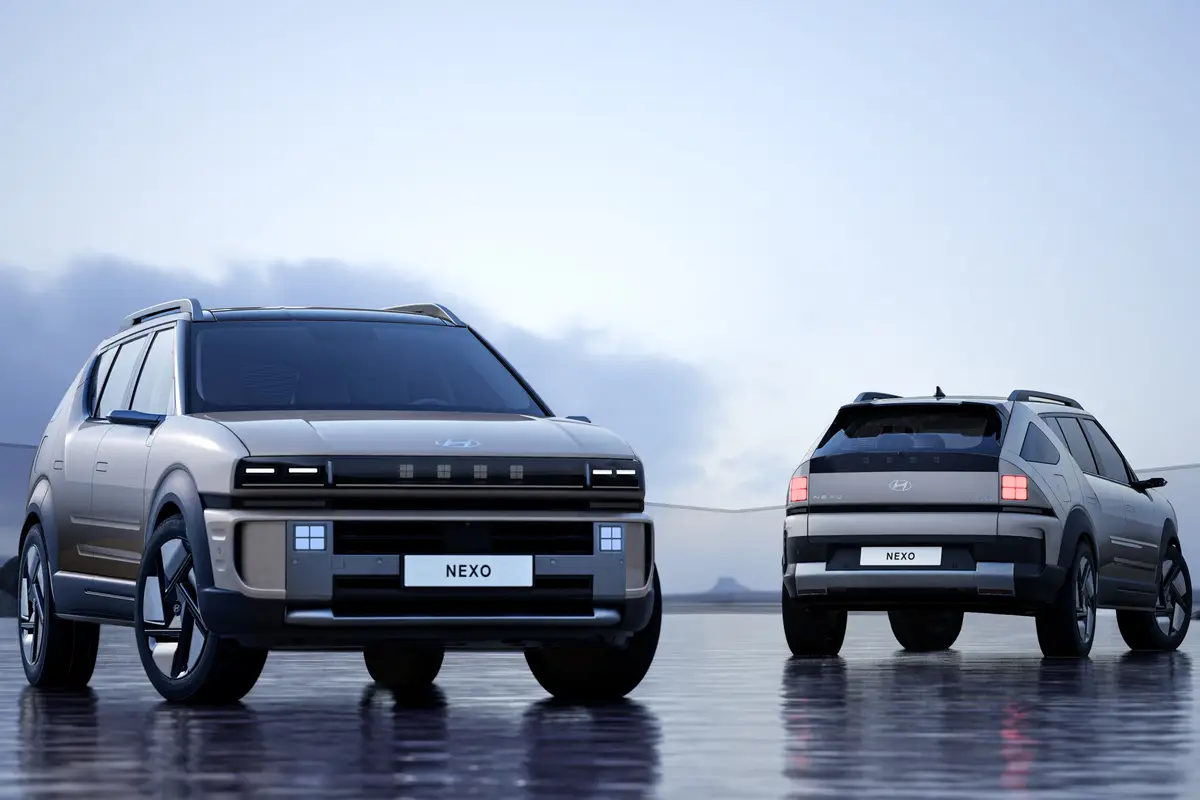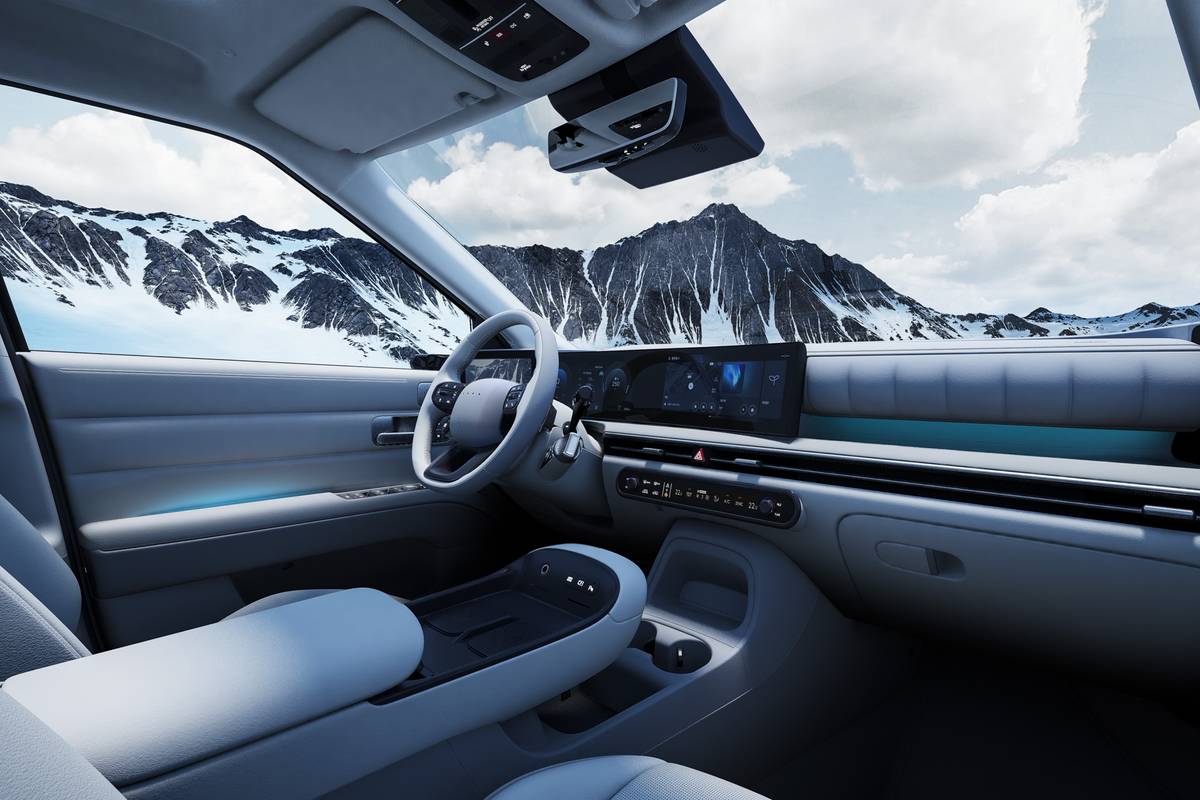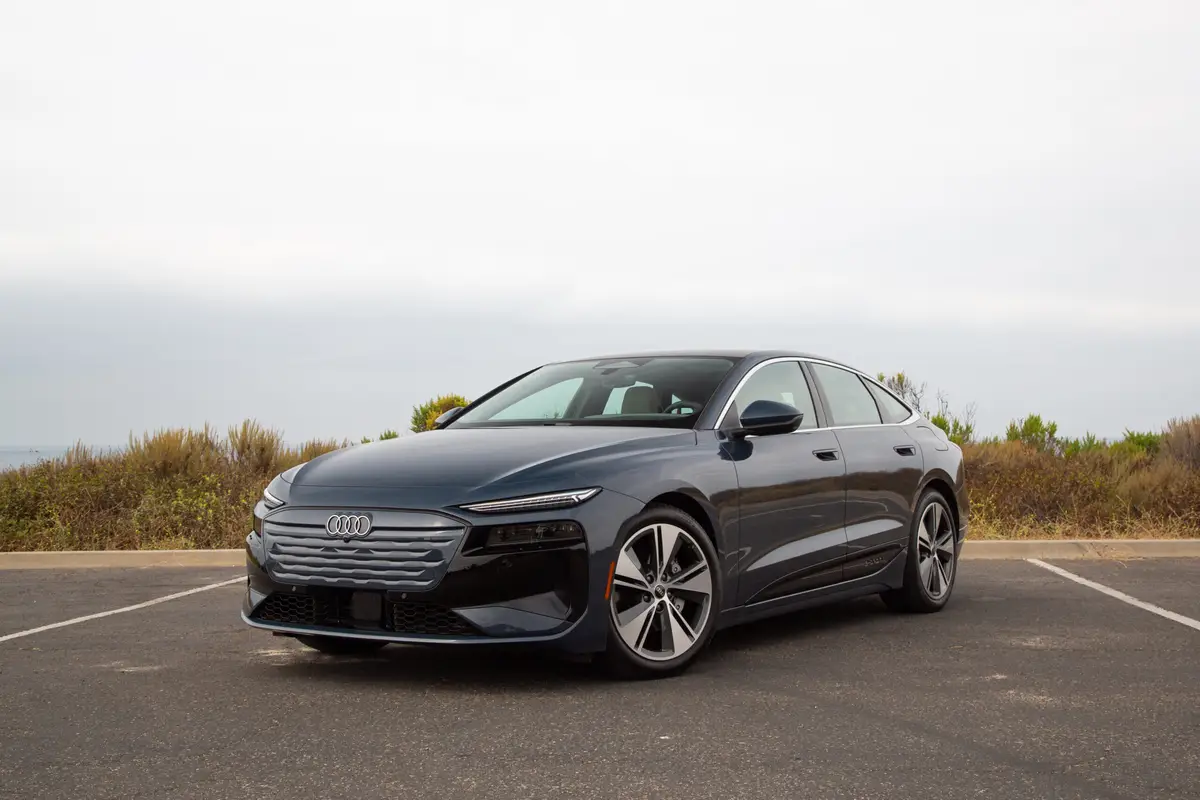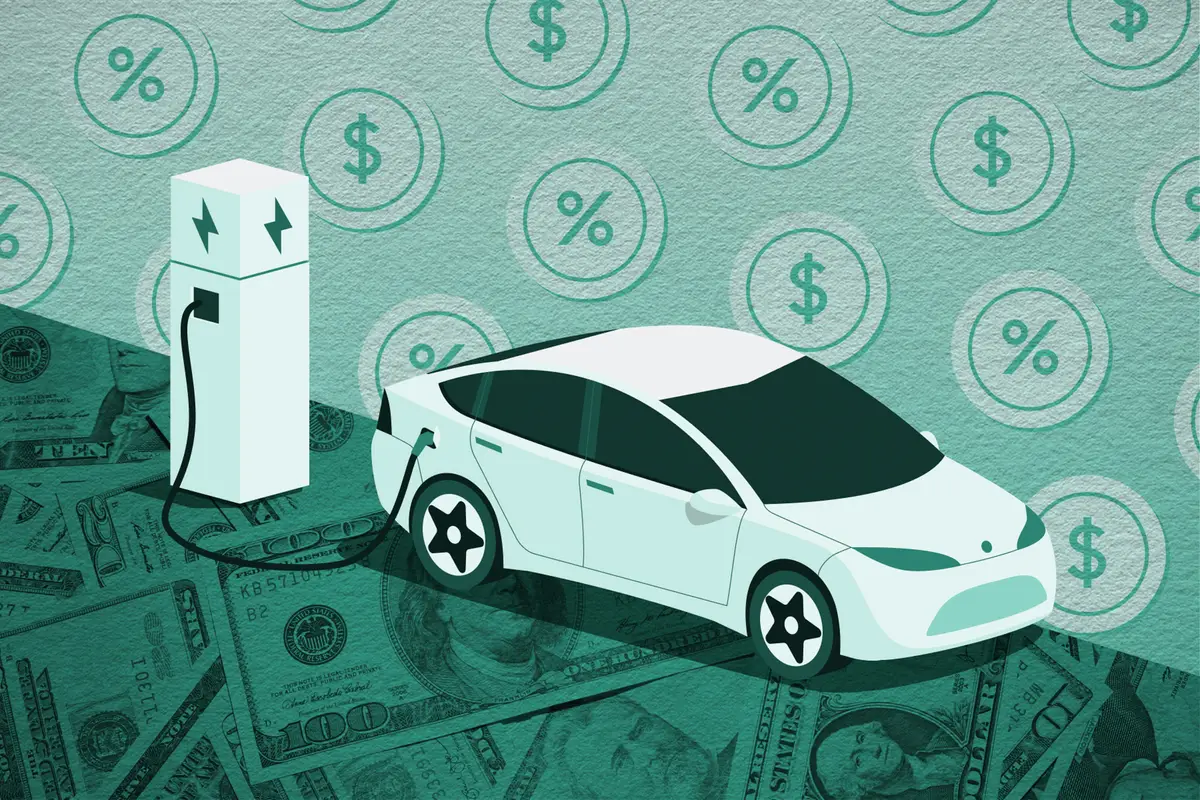Hyundai Nexo: Next-Generation Fuel Cell in a Retro-Futurist Body

Competes with: Toyota Mirai, Honda CR-V e:FCEV, a UFO
Looks like: A Pontiac Aztek built by a mad scientist with some aesthetic sense
Powertrain: 201-horsepower electric motor; hydrogen fuel cell; front-wheel drive
Release Date: Later this year
Introduced for the 2019 model year, the first-generation Nexo SUV was the last of the frumpy Hyundais, a lingering vestige of the brand’s portfolio before its current design renaissance began. It’s understandable that the vehicle would be a low priority given its hydrogen fuel-cell powertrain. Like In-N-Out Burger and enduring faith in Silicon Valley altruism, fuel cells are a novelty largely limited to Southern California, where Nexo sales last year totaled a whopping double digits. Hyundai unveiled the all-new Nexo at Korea’s Seoul Mobility Show, and it should have the goods to restore a third digit to that sales volume, at least from an aesthetic standpoint.
Related: What Are Hydrogen Cars?
What Does the Nexo Look Like?








The new Nexo is little changed from the Initium concept that previewed the production vehicle last fall. It combines the Minecraftian design language of the current Santa Fe with the sharply angled backlight and rear-canted D-pillar of the Pontiac Aztek and high-tech detailing, like slim LED lighting elements and aerodynamic two-tone wheels. Measuring 187 inches long, 73.4 inches wide and 64.6 inches tall, the Nexo is sized between the Hyundai Tucson and Santa Fe. Its 35.1 cubic feet of cargo volume behind the second row lands 3.6 cubes shy of the Tucson’s hold, per Hyundai’s measurements.
What Are the Nexo’s Powertrain Specs?
Fuel-cell electric vehicles are similar to electric vehicles in that they power their wheels with electric motors. But instead of storing electricity in big battery packs, they generate it with a fuel cell that combines hydrogen stored in onboard tanks with oxygen from the air, and their tailpipes emit only water vapor.
The new Nexo’s tanks can store a greater volume of the gas at a higher pressure than its predecessor, which should improve range; the current Nexo’s range tops out at an EPA-rated 380 miles. There’s also a 2.6-kilowatt-hour onboard battery that can be charged by regenerative braking, helping the Nexo squeeze every foot from its hydrogen tanks.
The new Nexo should also be quicker than the outgoing model. Driving the front wheels, the new FCEV’s motor generates 201 horsepower and 258 pounds-feet of torque, a drop of 33 pounds-feet but a gain of 40 hp. Hyundai claims the Nexo will accelerate from 0-62 mph in 7.8 seconds; top speed stays the same, at 111 mph. The brand also says that the second-generation SUV will be able to charge in five minutes. And, in Europe at least, the new Nexo will be the first fuel-cell vehicle capable of towing, with Hyundai okaying it for trailers weighing up to 2,200 pounds.
What Features Will the Nexo Have?
FCEVs’ high-tech powertrains and low sales potential make them pricey — the outgoing Nexo stickered north of $60,000; the similarly sized Tucson has a base price of $30,155 (prices include destination charge). So Hyundai packs the new vehicle with features, including bidirectional charging, front and rear dash cams, a head-up display, a 12.3-inch digital instrument cluster, a 12.3-inch touchscreen with wireless Apple CarPlay and Android Auto, a dual wireless device charging system and an available 14-speaker Bang & Olufsen audio system. The brand employs sustainable materials throughout the cabin, including plant-based leather alternatives as well as recycled plastics and textiles.
Which features will be standard and which will be optional in the U.S. (or not available at all, as is likely the case with the camera-based side mirrors) is to be determined, but Hyundai says the new Nexo will feature front-seat Premium Relaxation Seats with leg rests, which allow those up front to recline farther than in the previous model.
Hyundai also says it is “targeting top-tier safety ratings” with the new Nexo, a goal it seems likely to achieve given that its predecessor was the first fuel-cell vehicle to earn IIHS Top Safety Pick+ accolades. Hyundai promises its full catalog of advanced safety tech on the new Nexo: forward collision warning with automatic emergency braking, adaptive cruise control, lane-centering steering, blind spot intervention, rear cross-traffic alert with automatic braking, a 360-degree parking camera, automatic parking, and front, side and rear parking sensors with automatic braking.
What Is the Nexo’s Release Date and Pricing?
The new Hyundai Nexo will go on sale later this year. Like the outgoing model — as well as the Toyota Mirai and Honda CR-V e:FCEV, the only other FCEVs sold in the U.S. — it will almost certainly be available only in California, where the public hydrogen-refueling infrastructure can support consumer vehicles. Pricing will be announced closer to the start of sales but will likely start in the mid-$60,000 range.
More From Cars.com:
- Which Electric Cars Are Still Eligible for the $7,500 Federal Tax Credit?
- Hyundai, Genesis EV Owners Gain Access to Tesla Superchargers With Complimentary NACS Adapters
- 2025 Honda CR-V e:FCEV Is a Fuel-Cell Vehicle You Can Lease
- Research the Hyundai Nexo
- Find Your Next Car
Related Video:
Cars.com’s Editorial department is your source for automotive news and reviews. In line with Cars.com’s long-standing ethics policy, editors and reviewers don’t accept gifts or free trips from automakers. The Editorial department is independent of Cars.com’s advertising, sales and sponsored content departments.
Featured stories








